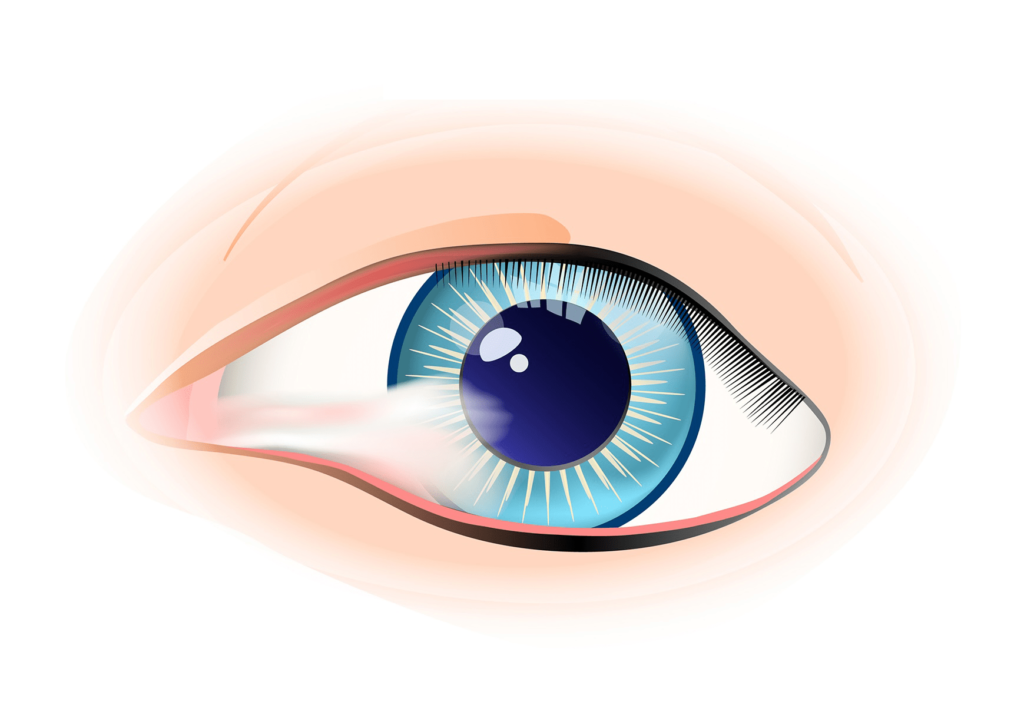What is Pterygium?
A pterygium, a.k.a. surfer’s eye, is a non-cancerous growth of tissue on the cornea, typically with a pinkish, triangular shape. This condition tends to develop in areas of the eye exposed to sunlight, where the eyelids fail to provide coverage, such as the nasal aspect of the eye or occasionally on both sides. Although it’s not unusual to find a pterygium on both eyes, they typically don’t obstruct vision significantly, as they tend to grow slowly and rarely cover the pupil.
What are the causes of Pterygium?
The exact cause of pterygiums is unknown. However, there are known factors that may contribute to its development include:
- Exposure to ultraviolet (UV) light
- Dry eye
- Windy environments
- Exposure to dust and other environmental irritants
- Genetic predisposition and certain occupations or activities that involve significant outdoor exposure, such as surfing or farming, may increase the risk of developing pterygium.
Common symptoms of Pterygium
- Redness: The affected eye may appear red or inflamed due to the presence of the growth on the cornea.
- Irritation: Individuals with pterygium often experience irritation, itching, or a gritty sensation in the affected eye.
- Blurred Vision: In some cases, pterygium can cause blurred vision, especially if it grows large enough to encroach upon the visual axis.
- Foreign Body Sensation: Many people with pterygium report feeling as though there is something foreign in their eye, which can cause discomfort.
- Dryness: Pterygium may contribute to dry eye symptoms, such as a sensation of dryness or excessive tearing.
- Astigmatism: In some instances, pterygium can alter the shape of the cornea, leading to astigmatism and consequent visual disturbances.
- Cosmetic Concerns: Because pterygium often protrudes onto the surface of the eye, it may be cosmetically bothersome to some individuals.
How is Pterygium diagnosed?
Pterygium diagnosis relies on clinical examination without specific testing, although further evaluations may be advised if symptoms worsen. Mild cases may be managed with medications and home remedies to alleviate inflammation and irritation.
Severe cases might need corneal topography to assess the growth’s impact. Surgical removal is needed for instances where vision is significantly affected, potentially reducing astigmatism and improving vision. Surgical intervention is uncommon, and pterygium generally do not cause serious or long-term issues.
Recurrence after surgery
It is important to note that while the entire lesion is removed during surgery, the risk of recurrence is more than 50% unless special care is taken to prevent regrowth.
We make every effort possible to reduce your risk of recurrence. A small area of unaffected white tissue is grafted to the area where the pterygium is removed, reducing the risk of recurrence to less than 5%. Sometimes, special medications or amniotic membrane grafts are also needed.
How much does Pterygium treatment cost in California?
The cost of pterygium removal varies depending on factors such as the size, thickness, and location of the pterygium, the number of pterygiums present, the need for tissue grafting, and any prior surgeries. A personalized treatment plan can be determined during a free consultation with Dr. Vu after examining your eyes.
Patients with private insurance may be able to use it to partially cover their pterygium surgery costs. Coverage varies depending on the policy, and our office can verify benefits during the free consultation. We accept most PPO insurances and select HMO plans.
Prevention
Since the exact cause of pterygiums is unknown, nothing can be done to prevent you from developing a lesion. However, there are multiple preventative measures that can help stop or slow their growth. It is possible to stop the growth of pinguecula and prevent them from turning into pterygiums by lubricating the eyes with artificial tears and shielding them from the sunlight. Eyes that are excessively dry and irritated are perfect environments for growing pterygiums.

